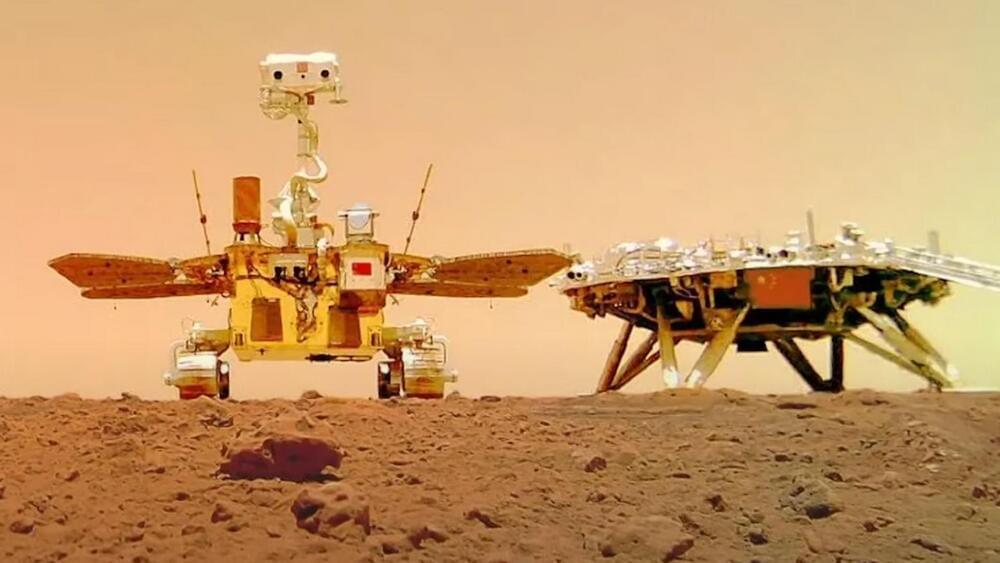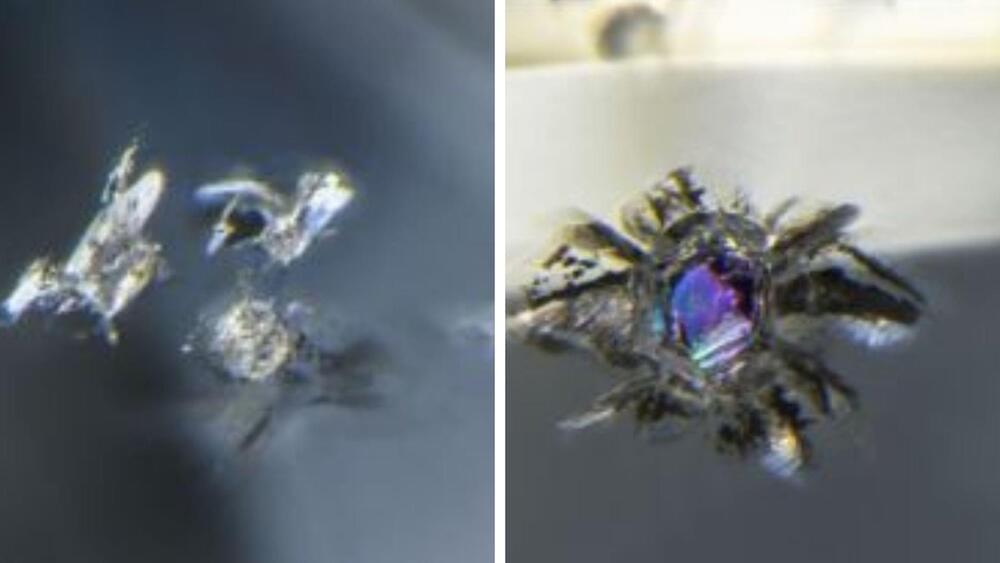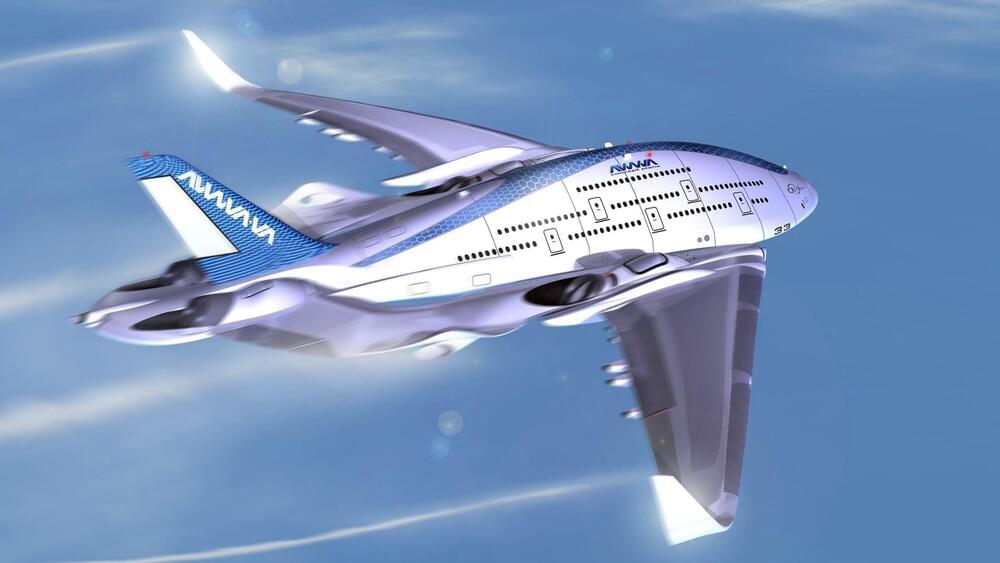Save your solar panels from the shade.
Currently, solar power accounts for 3.3 percent of the total energy produced in the US, and it has become the fastest-growing source of clean energy in the country. The National Renewable Energy Laboratory estimates that by 2050, the share of solar energy in America’s total electricity production could reach 45 percent. However, in order to achieve this milestone, solar energy experts will have to make photovoltaic systems more efficient and advanced than ever.
Scientists analyze the role of shadows in decreasing the power output of solar panels for small solar systems. This could tell us how shade from objects ranging from clouds to dust affects the amount of electricity produced by a solar panel.





